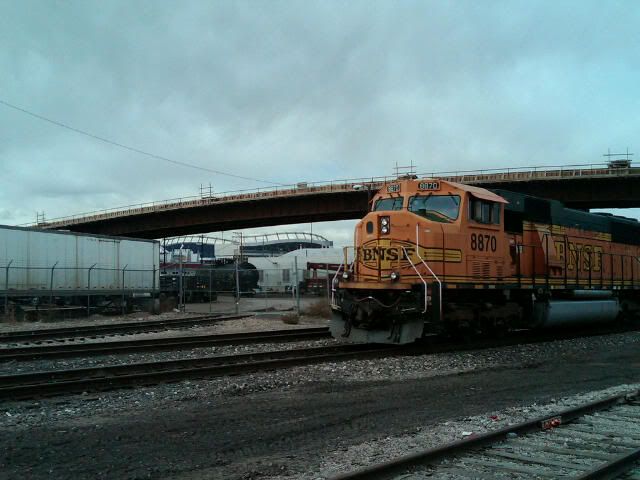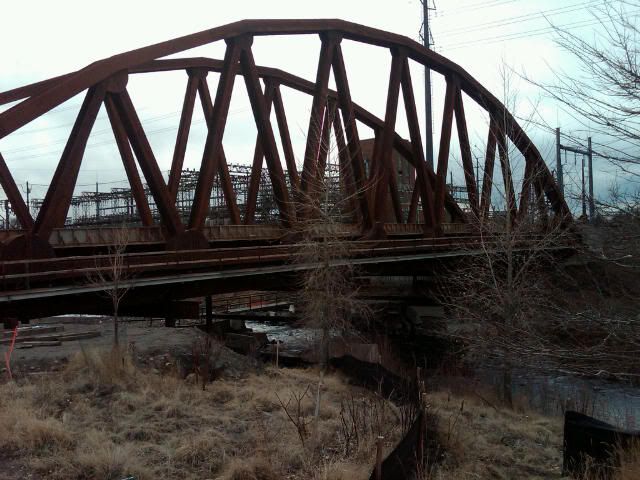Rick, contributor @ Denverinfill.com/blog has posted his Union Station Updates #49 and #50.
You can view his blog post here!
Here is a summary of the new updates:
The first photo below is the view of the entire site, including the Light Rail Terminal and the first half of the underground Regional Bus Terminal. Once these two elements are completed later this summer, Light Rail will be diverted to the new terminal and the 16th Street Mall shuttle service will be extended to the new Light Rail Terminal to provide for easy transfers.
Then the old Light Rail platforms will be removed and construction will begin on the second half of the underground Regional Bus Terminal and the Commuter Rail Terminal & platforms (which will be between where the underground bus terminal current ends and where the historical Union Station building is located).

Here is the track switches just left of the new light rail platforms:

Here a shot of the rest of the track switches farther to the left, to where the tracks will end:

View of the Light Rail Terminal from the 18th Street pedestrian bridge:

View of one of the ramps, which will lead into the underground Regional Bus Terminal on the Light Rail end of the station (there will be another one of these ramps on the other end of the station):

Here are some of the sky lights to provide natural light down into the environmentally controlled underground pedestrian concourse which will provide access to all the 22 underground bus bays, while also providing a pedestrian connection protected from weather, between the Light Rail and Commuter Rail platforms (which are on opposite ends of the station from each other):
 All of the above^ photos courtesy of Rick at Denverinfill.com/blog
All of the above^ photos courtesy of Rick at Denverinfill.com/blog
And you may view all of Rick's photos at: DUS jobsitevisitor.com
Here are a couple shots of the West Corridor Light Rail line bridges currently under construction just southwest of Denver Union Station:
 Light Rail bridge over freight tracks by Fritzdude
Light Rail bridge over freight tracks by Fritzdude
 Light Rail bridge over South Platte River by Fritzdude
Light Rail bridge over South Platte River by Fritzdude



